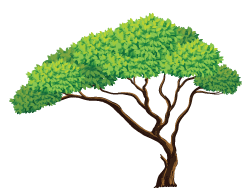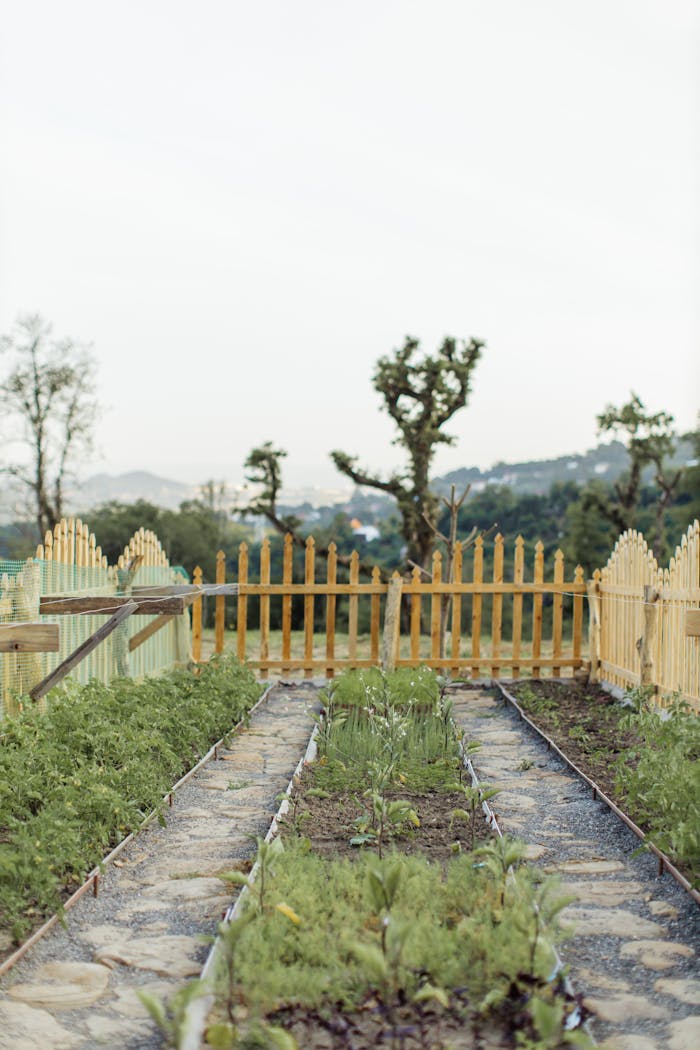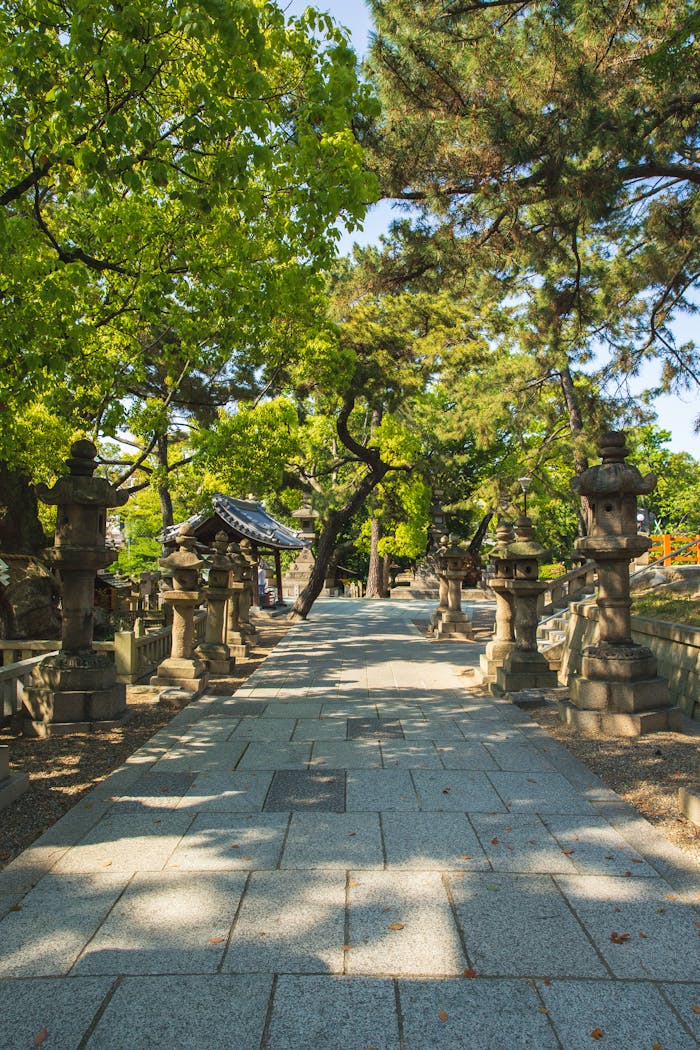Tree Lopping in Australia: A Comprehensive Guide
1. Introduction to Tree Lopping
Tree lopping is a controversial practice in the arboriculture industry, particularly in Australia. It involves the severe cutting back of tree branches to stubs or lateral branches that are not large enough to assume the terminal role. While tree lopping has been a common practice for many years, it has come under increasing scrutiny due to its potential negative impacts on tree health and safety.
This article will explore the various aspects of tree lopping in Australia, including its definition, history, legal considerations, alternatives, and best practices for tree management.
2. Definition and Terminology
2.1 What is Tree Lopping?
Tree lopping, also known as topping or heading, is the practice of indiscriminately cutting back tree branches to stubs or lateral branches that are not large enough to assume the terminal role. This practice is often employed to reduce the size of a tree, either for aesthetic reasons or due to perceived safety concerns.
2.2 Related Terms
– Pruning: The selective removal of specific parts of a tree to improve its structure, health, or appearance.
– Pollarding: A method of pruning that involves removing all of the tree’s upper branches to promote a dense head of foliage and branches.
– Crown Reduction: A more selective and less severe method of reducing a tree’s height or spread.
3. History of Tree Lopping in Australia
Tree lopping has been practiced in Australia for many decades, often as a quick solution to manage tree size or address perceived safety issues. However, as our understanding of tree biology and proper arboricultural practices has evolved, so too has the attitude towards tree lopping.
3.1 Early Practices
In the early to mid-20th century, tree lopping was widely accepted as a standard method for controlling tree size, particularly in urban areas. It was often seen as a cost-effective way to manage trees that had outgrown their space or were interfering with power lines.
3.2 Shift in Understanding
From the 1980s onwards, there has been a growing body of research highlighting the detrimental effects of tree lopping on tree health, structure, and longevity. This has led to a gradual shift away from lopping as a accepted practice among professional arborists and urban forest managers.
4. The Impact of Tree Lopping
Tree lopping can have significant negative impacts on trees, including:
4.1 Stress and Reduced Vigor
Severe pruning through lopping removes a large portion of a tree’s leaf-bearing crown, reducing its ability to produce food through photosynthesis. This can lead to a tree entering a state of stress as it struggles to meet its energy needs.
4.2 Decay and Disease
The large wounds created by lopping can be slow to heal, providing entry points for decay fungi and other pathogens. This can lead to extensive internal decay within the tree.
4.3 Weak Regrowth
Trees often respond to lopping by producing numerous shoots from dormant buds near the cuts. These shoots, often called water sprouts, are weakly attached and prone to breaking, especially as they increase in size.
4.4 Altered Structure and Aesthetics
Lopping destroys the natural form of a tree, often resulting in an unsightly appearance. The tree’s natural shape may never fully recover, even with corrective pruning.
4.5 Increased Maintenance Costs
While lopping may seem like a quick fix, it often leads to increased long-term maintenance costs due to the need for more frequent pruning to manage rapid, weak regrowth.
5. Legal and Regulatory Considerations
In Australia, the regulation of tree lopping varies by state and local government area. However, there is a general trend towards stricter control of tree removal and pruning practices.
5.1 State Regulations
Each Australian state has its own set of regulations regarding tree management:
– New South Wales: The State Environmental Planning Policy (Vegetation in Non-Rural Areas) 2017 regulates the clearing of vegetation in urban areas.
– Victoria: The Planning and Environment Act 1987 provides for the protection of trees through local planning schemes.
– Queensland: The Vegetation Management Act 1999 regulates the clearing of native vegetation.
– Western Australia: The Environmental Protection Act 1986 includes provisions for the protection of native vegetation.
– South Australia: The Native Vegetation Act 1991 controls the clearance of native vegetation.
– Tasmania: The Forest Practices Act 1985 regulates forest practices, including on private land.
5.2 Local Council Regulations
Many local councils in Australia have specific tree preservation orders or policies that regulate tree pruning and removal. These often require permits for significant pruning or tree removal, with penalties for non-compliance.
5.3 Heritage and Protected Trees
Trees of particular significance, whether due to age, rarity, or cultural importance, may be subject to additional protections. Lopping or significant pruning of these trees is often strictly prohibited without special approval.
6. Alternatives to Tree Lopping
Modern arboriculture offers several alternatives to tree lopping that can address size management and safety concerns while maintaining tree health:
6.1 Crown Reduction
This technique involves reducing the height or spread of a tree by pruning back to lateral branches. Unlike lopping, crown reduction maintains the tree’s natural form and structure.
6.2 Selective Pruning
This involves the careful removal of specific branches to improve the tree’s structure, health, or to provide clearance for buildings or utilities.
6.3 Canopy Thinning
Thinning involves selectively removing branches throughout the canopy to reduce wind resistance and allow more light penetration.
6.4 Formative Pruning
For younger trees, formative pruning can help guide their growth into a desirable form, potentially avoiding the need for more drastic measures later in the tree’s life.
6.5 Cable Bracing
In cases where structural support is needed, the installation of cables or braces can provide additional support to weak branch unions without the need for severe pruning.
7. Best Practices for Tree Management in Australia
To maintain healthy urban forests and individual trees, it’s important to follow best practices in tree management:
7.1 Regular Inspections
Trees should be inspected regularly by qualified arborists to identify potential issues early and develop appropriate management strategies.
7.2 Proper Pruning Techniques
When pruning is necessary, it should be carried out according to Australian Standard AS 4373-2007 Pruning of Amenity Trees. This standard outlines best practices for pruning to maintain tree health and structure.
7.3 Species Selection
Choosing the right tree species for the right location can significantly reduce future management issues. Consider mature size, growth habits, and site conditions when selecting trees for planting.
7.4 Young Tree Training
Proper care and pruning of young trees can help establish good structure and form, reducing the need for extensive pruning later in the tree’s life.
7.5 Integrated Pest Management
Using an integrated approach to pest and disease management can help maintain tree health without resorting to severe pruning or removal.
8. The Role of Professional Arborists
Professional arborists play a crucial role in promoting proper tree care practices in Australia:
8.1 Education and Qualifications
In Australia, qualified arborists typically hold a Certificate III in Arboriculture or higher. Many are also members of professional organizations such as Arboriculture Australia or the International Society of Arboriculture (ISA).
8.2 Tree Risk Assessment
Qualified arborists are trained in tree risk assessment methodologies, allowing them to accurately evaluate the potential risks associated with trees and recommend appropriate management strategies.
8.3 Consulting Services
Arborists can provide valuable consulting services for tree management plans, development applications, and dispute resolution in matters related to trees.
9. Public Education and Awareness
Raising public awareness about the impacts of tree lopping and promoting proper tree care practices is essential for protecting Australia’s urban forests:
9.1 Community Education Programs
Many local councils and environmental organizations run community education programs focused on tree care and the importance of urban forests.
9.2 School Programs
Incorporating tree education into school curricula can help foster a new generation of tree-aware citizens.
9.3 Public Campaigns
Public awareness campaigns, such as National Tree Day, help to highlight the importance of trees and proper tree care.
10. The Future of Tree Management in Australia
As our understanding of urban forestry and tree biology continues to evolve, so too will our approaches to tree management:
10.1 Advanced Technologies
The use of technologies such as LiDAR scanning, drone surveys, and sophisticated modeling software is likely to play an increasing role in tree assessment and management planning.
10.2 Climate Adaptation
As Australia’s climate continues to change, tree management practices will need to adapt to ensure the resilience of urban forests in the face of increased heat, drought, and extreme weather events.
10.3 Urban Forest Strategies
Many Australian cities are developing comprehensive urban forest strategies that take a holistic approach to tree management, recognizing the multiple benefits that trees provide in urban environments.
11. Case Studies
11.1 City of Melbourne’s Urban Forest Strategy
The City of Melbourne has implemented a comprehensive Urban Forest Strategy aimed at increasing canopy cover, improving urban forest diversity, and improving community understanding of the importance of trees. This strategy explicitly discourages tree lopping and promotes proper arboricultural practices.
11.2 Sydney’s Significant Tree Register
The City of Sydney maintains a Significant Tree Register, which provides protection for trees of particular importance due to their size, age, rarity, or historical significance. This register helps to prevent inappropriate pruning or removal of these valuable trees.
12. Conclusion
Tree lopping, once a common practice in Australia, is now recognized as a harmful and outdated approach to tree management. As our understanding of tree biology and the importance of urban forests has grown, so too has the need for more sophisticated and tree-friendly management practices.
The shift away from tree lopping represents a broader change in our relationship with urban trees. No longer seen as mere ornaments or potential hazards to be controlled, trees are increasingly recognized as vital components of our urban ecosystems, providing a wide range of environmental, social, and economic benefits.
While the complete elimination of tree lopping may take time, continued education, strong regulations, and the promotion of best practices by professional arborists will help ensure a healthier future for Australia’s urban forests. By embracing modern arboricultural practices and fostering a greater appreciation for the value of trees, we can create more livable, sustainable cities while preserving the natural beauty and environmental benefits that trees provide.
As we face the challenges of climate change and increasing urbanization, the proper care and management of our trees will become ever more critical. By rejecting harmful practices like lopping and embracing evidence-based tree care, we can ensure that future generations of Australians will continue to enjoy the many benefits of a healthy urban forest.



